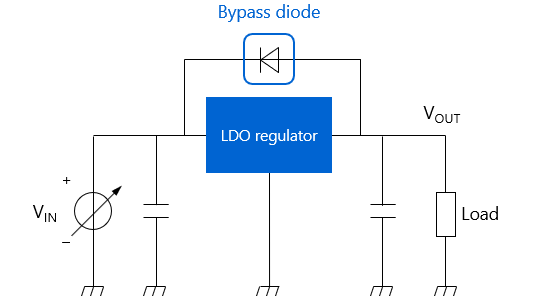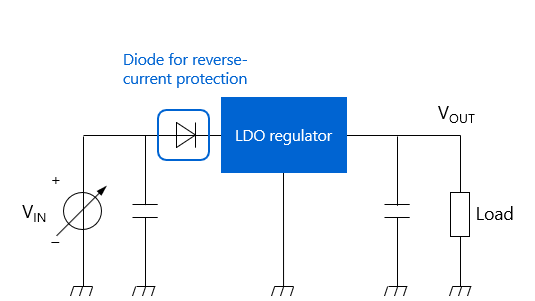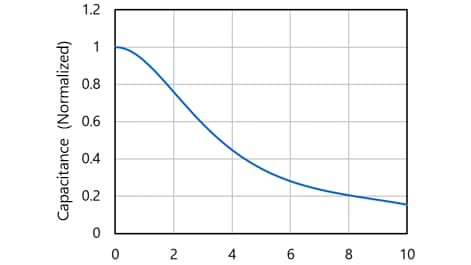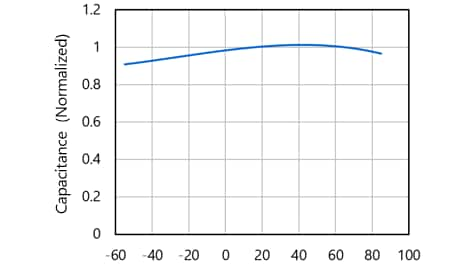- 半導體首頁
-
應用Automotive
Body Electronics
xEV
In-Vehicle Infotainment
Advanced Driver-Assistance Systems (ADAS)
Chassis
IndustrialInfrastructure
BEMS/HEMS
Factory Automation
Commercial Equipment
Consumer/PersonalIoT Equipment
Healthcare
Wearable Device
Mobile
Computer Peripherals
-
產品車用元件
Discrete Semiconductor
Diodes
電晶體
通用邏輯IC
Analog Devices
Digital Devices
Wireless Devices
※
: Products list (parametric search)
功率半導體※
: Products list (parametric search)
隔離器/固態繼電器Photocouplers
Digital Isolators
※
: Products list (parametric search)
MOSFETsIGBTs/IEGTs雙極性電晶體※
: Products list (parametric search)
Diodes※
: Products list (parametric search)
微控制器馬達驅動 ICs智能功率 ICs※
: Products list (parametric search)
電源管理 ICs線性 ICs※
: Products list (parametric search)
通用邏輯 ICs線性影像感測器其他產品其他產品
※
: Products list (parametric search)
-
開發/設計支援
開發 / 設計支援
-
技術知識
- 購買管道
- 型號 & 關鍵字搜尋
- 交叉搜尋
- 參數搜尋
- 線上庫存查詢跟購買
This webpage doesn't work with Internet Explorer. Please use the latest version of Google Chrome, Microsoft Edge, Mozilla Firefox or Safari.
型號需要超過三個文字以上 Search for multiple part numbers fromhere.
The information presented in this cross reference is based on TOSHIBA's selection criteria and should be treated as a suggestion only. Please carefully review the latest versions of all relevant information on the TOSHIBA products, including without limitation data sheets and validate all operating parameters of the TOSHIBA products to ensure that the suggested TOSHIBA products are truly compatible with your design and application.Please note that this cross reference is based on TOSHIBA's estimate of compatibility with other manufacturers' products, based on other manufacturers' published data, at the time the data was collected.TOSHIBA is not responsible for any incorrect or incomplete information. Information is subject to change at any time without notice.
型號需要超過三個文字以上
5-1. Usage considerations for LDO regulators
This section describes the considerations for system design using LDO regulators.
Reverse biasing condition of an LDO regulator (i.e., output voltage higher than input voltage)
If the output voltage of an LDO regulator becomes higher than the input voltage, current flows in the reverse direction from the output pin to the input pin. This reverse biasing condition could degrade or destroy the LDO regulator. If this could occur, connect a bypass diode between the VIN and VOUT pins as shown in Figure 1 or add a reverse-current blocking diode between a power supply and the VIN pin as shown in Figure 2.
When you use a reverse-current blocking diode, exercise care as to a voltage drop due to the diode’s forward voltage (VF) in order to ensure that the LDO regulator operates properly over the input voltage range. A diode with low forward voltage (VF) and leakage current (IR) should be selected, taking the derating of reverse-bias voltage (VR) and forward current (IF) into consideration.


The following links also provide a description of reverse biasing condition:
Application note: Basics of Low-Dropout (LDO) Regulator ICs
FAQ: Is it OK to reverse-bias an LDO, causing its output voltage to become higher than the input voltage?
Using a ceramic capacitor to smooth the output voltage
Ceramic capacitors are ideal for use with LDO regulators since small ceramic capacitors are becoming available with large capacitance and small equivalent series resistance (ESR). However, the values of ceramic capacitors depend on voltage and temperature as shown below. In particular, the value of the output capacitor greatly affects the negative feedback operation of an LDO regulator. Be sure to fully evaluate a system, taking voltage and temperature into consideration.


The following links also describe considerations for using a ceramic capacitor to smooth the output voltage:
Application note: Basics of Low-Dropout (LDO) Regulator ICs
Application note: Mechanism of LDO Oscillation and Reducing the Susceptibility to Oscillation
FAQ: What type of capacitor is suitable for use with an LDO regulator?
- 1/1
Related information
- Products
Low-Dropout Regulators (LDO Regulators) - Applidcation Notes
Application Notes - FAQs
LDO Regulators - Parametric Search
LDO Regulators - Stock Check & Purchase
Stock Check & Purchase

